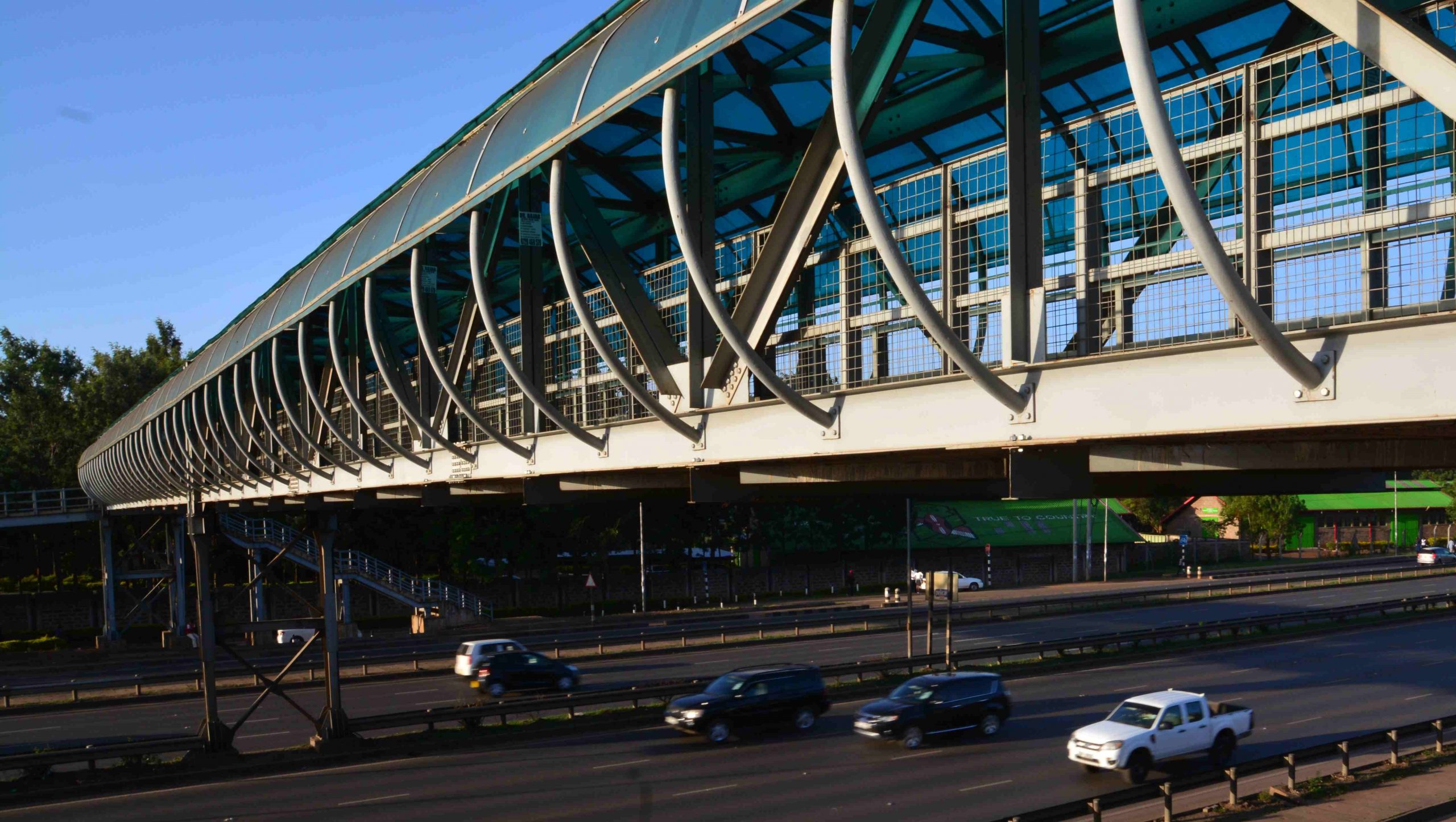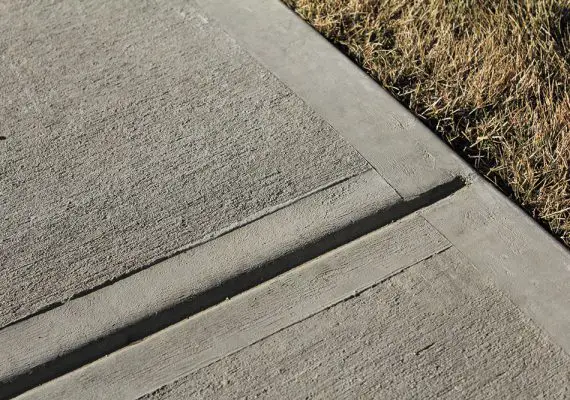What Is The Difference Between Spackle And Joint Compound?
What Is The Difference Between Spackle And Joint Compound?
Spackle and joint compounds are gypsum-based products that fill holes or cracks in walls before painting. The main difference is that spackle is thicker than joint compound and is generally used for smaller repair jobs, such as repairing nail pops and cracks.
It contains a binding agent, so it holds its shape better when it dries and is less likely to crack or shrink, making it more expensive than a joint compound, which is more flexible and easier to spread.
Additionally, spackle is ideal for minor repairs, while joint compound works better on larger areas because of its greater flexibility.
What Is Spackle Used For?
Spackle is a lightweight, pre-mixed, gypsum-based compound used to repair minor damages in drywall and other surfaces around the home. It can effectively fill cracks, cover up nail holes, smooth over dents, and minimize surface irregularities.
Spackle dries quickly, usually within an hour, so it can be sanded, painted, and readied for use in no time.
This makes it great for quick fixes and touchups where you need something durable yet inconspicuous. Finishing spackling is also available, formulated to offer a smoother texture than traditional spackling when applied on walls or ceilings.
Which Dries Harder, A Spackle Or Joint Compound?
Both spackle and joint compounds are generally used for patching holes in drywall or plaster. Spackle is the preferred choice for small repair jobs as it dries quickly, usually within 30 minutes, while joint compound takes longer to dry, sometimes up to 24 hours.
Spackle also has a harder consistency than joint compound and doesn’t shrink when dried. A joint compound is much more versatile because of its ability to be used as an adhesive and a sealant, but it can also be sanded down if needed.
Therefore, when it comes to which dries harder – spackle or joint compound – the answer is that spackle does due to its hard consistency and fast drying time.
Which Is Stronger Joint Compound Or Spackle?
Joint compound is generally considered stronger than spackle and is the preferred material for larger repair jobs like filling wall cracks, covering seams between drywall sheets, and repairing holes.
Spackle is better suited for smaller projects, such as filling nail holes or camouflaging minor wall blemishes. A joint compound is thicker than a spackle and can fill bigger gaps with fewer layers, making it a more practical choice for larger repair jobs.
It also dries more slowly than spackle, giving you more time to work around it before it sets ultimately.
Can You Paint Over The Spackle?
Yes, you can paint over spackle. After the area has been repaired with a spackle, it should be fully dried before painting occurs. You can go ahead and paint over this area just as you would any other area; the texture and color should match perfectly once everything is dry.
For an even better finish, it’s best to use matte paint – the glossier your paint, the more visible any imperfections might be. Don’t fear painting over walls that have been repaired using spackle – it’s completely doable and easy to achieve beautiful results!
What Can I Use Instead Of Spackle?
Using a mixture of baking soda and white glue is an effective alternative to spackle. To make the substitute, simply mix a small amount of both until you have created a paste-like consistency, then use your fingers or a putty knife to fill in the hole.
The baking soda acts as an abrasive material that will smooth out rough edges while also providing strength and durability.
Plus, it dries quickly and can be painted over once dry. This mixture is particularly ideal for smaller holes or cracks due to its ease of use but may not be enough for larger ones or those that need serious repairs.


